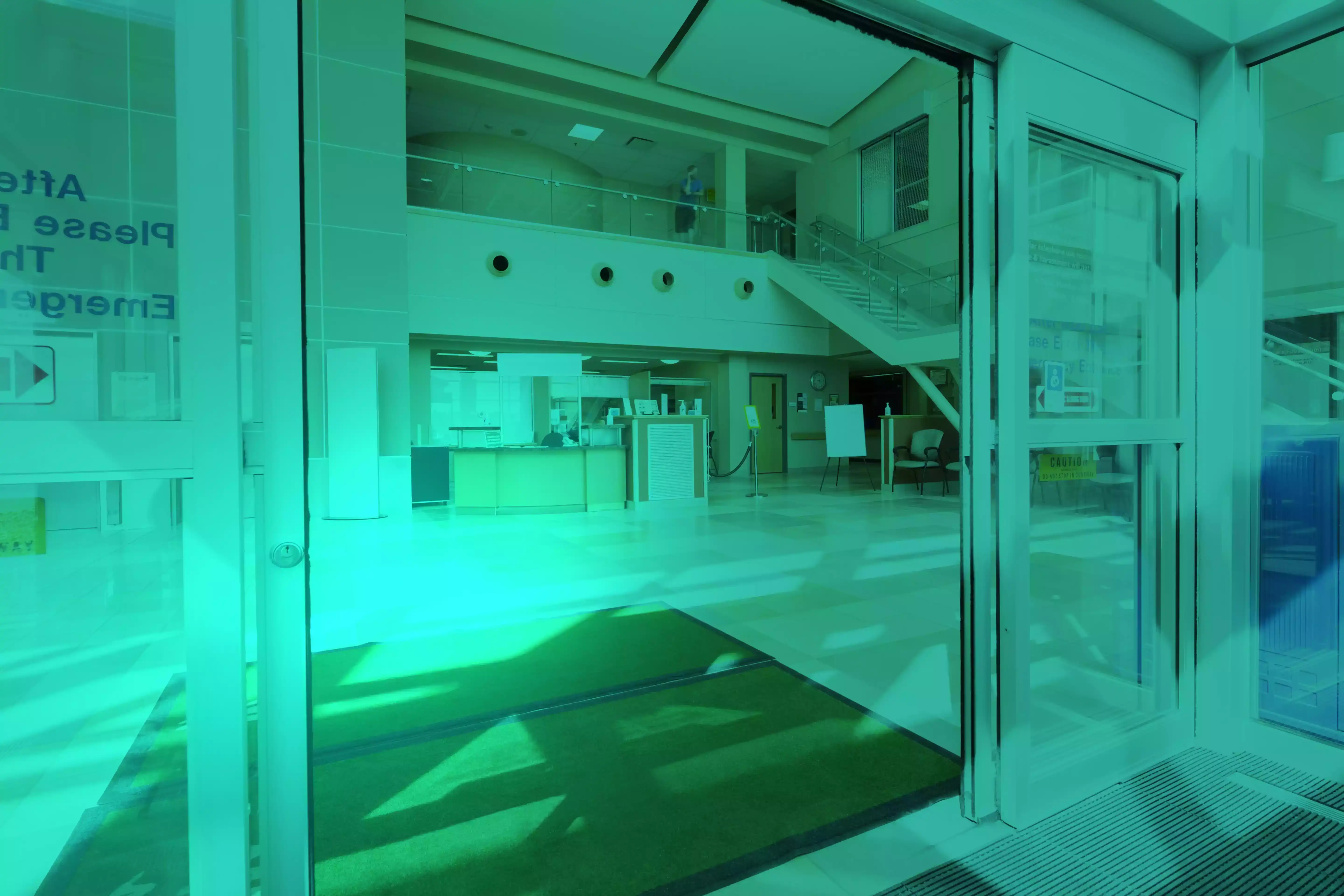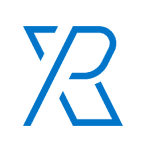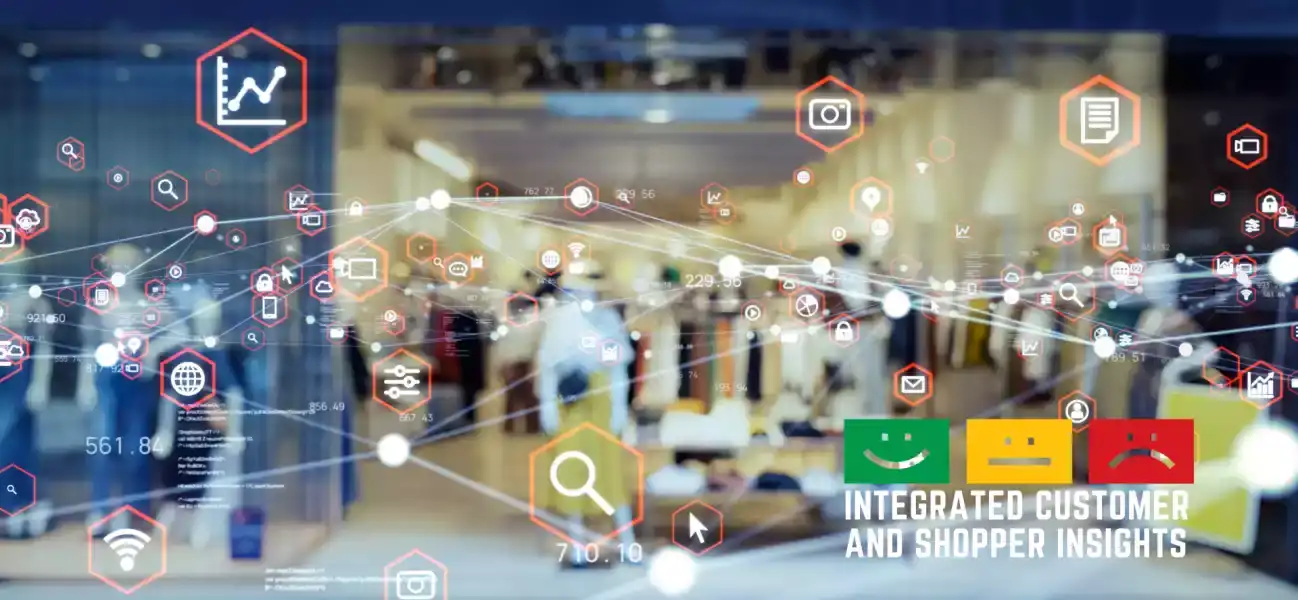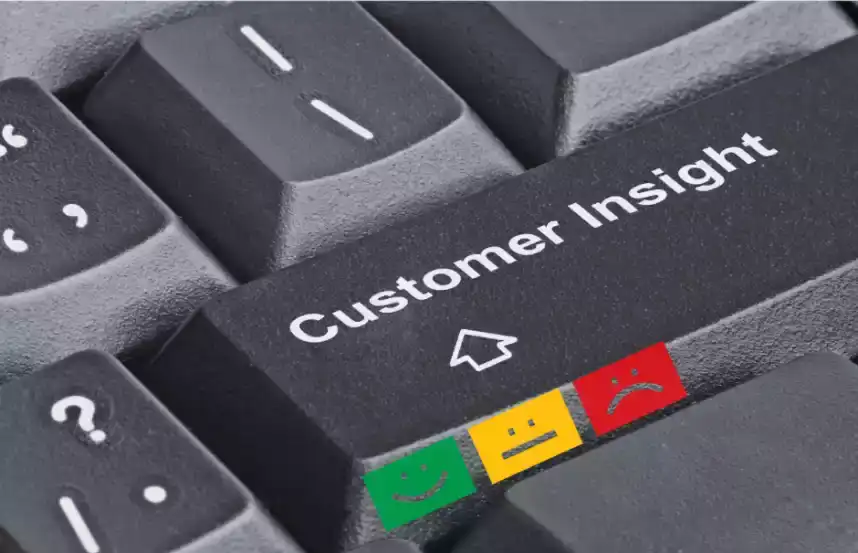
The Power of Feedback Kiosks in Healthcare: Enhancing Patient Care and Satisfaction
In today's increasingly competitive healthcare landscape, the importance of patient satisfaction cannot be overstated. Patient satisfaction not only influences a healthcare facility's reputation but also has a direct impact on the overall quality of care and patient outcomes. A positive patient experience is essential for attracting new patients, retaining existing ones, and maintaining a thriving healthcare practice.
As the healthcare industry evolves to meet the changing needs of patients, providers must adapt and seek innovative solutions to enhance the patient experience. One such innovation is the use of feedback kiosks in healthcare facilities. These devices provide an opportunity for hospitals and clinics to gather real-time feedback from patients, leading to a deeper understanding of patient needs and preferences. By leveraging this valuable data, healthcare providers can deliver more effective, personalized care, ultimately resulting in improved patient satisfaction and better healthcare outcomes.
How Patient Satisfaction Impacts Overall Quality of Care and Patient Outcomes
Patient satisfaction plays a crucial role in determining the overall quality of care and patient outcomes. When patients are satisfied with the care they receive, they are more likely to adhere to treatment plans, maintain a positive relationship with their healthcare providers, and engage in ongoing preventive care. All of these factors contribute to improved health outcomes for the patient and a higher quality of care provided by the healthcare facility.
Conversely, when patients are dissatisfied with their healthcare experience, they may delay or avoid seeking necessary care, leading to poorer health outcomes and potentially increased healthcare costs. Additionally, negative patient experiences can harm a healthcare facility's reputation, making it more challenging to attract and retain patients.
As the healthcare industry evolves, patient expectations continue to change. Patients now desire more personalized, convenient, and accessible care. Healthcare providers must adapt to these expectations by embracing innovative solutions that enhance the patient experience and streamline care processes. Adopting new technologies, such as feedback kiosks, can help healthcare facilities stay ahead of the curve and continue to meet the needs of their patients.
How Feedback Kiosks Work: Gathering Real-time Data for Improved Patient Care
Feedback kiosks are an innovative solution that allows healthcare providers to gather valuable real-time data from patients. By placing kiosks in strategic locations within healthcare facilities, patients can easily provide feedback on various aspects of their experience, such as waiting times, provider interactions, and overall satisfaction with the care they received.
The Types of Questions Feedback Kiosks Can Ask
Feedback kiosks can be programmed to ask a variety of question types, catering to different needs and preferences. The three main types of questions are:
- Smiley questions: This quantitative feedback method asks patients to rate their experience by selecting an appropriate smiley face icon.
- ABC qualitative feedback: This approach allows patients to provide more detailed feedback on specific aspects of their experience, such as what could be improved.
- ABC polling: This type of question serves as a polling device, offering patients three choices to select from.
These diverse question types enable healthcare providers to gather a comprehensive view of the patient experience, helping them to identify areas for improvement and tailor their services to better meet patient needs.

The Benefits of High Response Rates and Cloud-Based Dashboard Management
The use of feedback kiosks in healthcare settings has several advantages, including high response rates due to the immediate nature of the feedback process. By capturing patient feedback right after the service is provided, healthcare facilities can obtain more accurate and reliable data. Additionally, the cloud-based dashboard enables remote management of the kiosk's questions, ensuring that the feedback collected remains relevant and useful.
By utilizing feedback kiosks to gather real-time data, healthcare providers can gain valuable insights into patient needs and preferences, ultimately leading to improved patient satisfaction and better healthcare outcomes.
Utilizing Feedback Kiosks to Enhance Clinical Services
Feedback kiosks play a crucial role in helping healthcare providers pinpoint areas that require attention and improvement. By collecting and analyzing patient feedback, hospitals and clinics can make data-driven decisions to enhance various aspects of their services.
Identifying Areas for Improvement in Waiting Times, Appointment Scheduling, and Communication
Long waiting times, inefficient appointment scheduling, and poor communication are common pain points for patients. Feedback kiosks enable healthcare providers to identify these issues by collecting patient feedback on these specific aspects of their experience. This information is invaluable in helping providers understand where they need to focus their efforts to improve patient satisfaction.
Addressing patient concerns and tailoring services to meet their needs
Long waiting times, inefficient appointment scheduling, and poor communication are common pain points for patients. Feedback kiosks enable healthcare providers to identify these issues by collecting patient feedback on these specific aspects of their experience. This information is invaluable in helping providers understand where they need to focus their efforts to improve patient satisfaction.
Service Consistency Across Multiple Locations
For healthcare organizations with multiple locations, maintaining a consistent level of service quality can be challenging. Feedback kiosks provide a means for providers to monitor and compare patient experiences across their various facilities. By analyzing this data, healthcare organizations can identify inconsistencies and implement changes to ensure a uniformly high level of care at all locations. This consistency not only enhances patient satisfaction but also reinforces the organization's reputation for providing top-notch care.
Fostering Stronger Patient-Provider Relationships through Feedback
Feedback kiosks play a crucial role in building and maintaining strong patient-provider relationships, which are essential for delivering high-quality healthcare services. By gathering real-time feedback, healthcare providers can gain valuable insights into their performance, identify areas for improvement, and foster trust and rapport with patients.
Assessing Healthcare Provider Performance and Identifying Areas for Training and Development
Feedback kiosks enable healthcare facilities to evaluate provider performance in real-time. By analyzing patient feedback, providers can quickly identify areas that may require additional training or development. This continuous process of evaluation and improvement not only leads to better patient care but also demonstrates the provider's commitment to excellence, further enhancing the patient's trust and confidence in their healthcare team.
Building Trust and Rapport Between Patients and Healthcare Providers
The use of feedback kiosks can help establish open and honest communication between patients and their healthcare providers. By giving patients a platform to share their thoughts and concerns, providers can demonstrate that they value patient input and are dedicated to addressing their needs. This transparency fosters trust and rapport, making patients feel more comfortable and confident in their healthcare providers' ability to deliver the best possible care.
By focusing on patient feedback and striving for continuous improvement, healthcare providers can strengthen their relationships with patients, ultimately resulting in a better patient experience and higher levels of satisfaction.
Monitoring and Comparing Performance Across Multiple Healthcare Facilities
Feedback kiosks play a pivotal role in enabling healthcare providers to monitor and compare the performance of their services across multiple facilities. By implementing these kiosks at various locations, healthcare organizations can gather invaluable data that can be used to identify areas of improvement and ensure a consistent patient experience.
Using Feedback Kiosks to Ensure a Consistent Patient Experience at All Locations
One of the most significant challenges that healthcare providers face when managing multiple facilities is maintaining a consistent patient experience across all locations. With the help of feedback kiosks, healthcare organizations can collect real-time feedback from patients at each facility, providing valuable insights into the areas where consistency may be lacking.
By analyzing this data, healthcare providers can identify discrepancies in service quality and patient satisfaction across their facilities. This information can then be used to implement targeted improvements, ensuring that patients receive the same high standard of care, regardless of which location they visit.
Identifying Trends and Sharing Best Practices Among Different Facilities
Feedback kiosks enable healthcare organizations to identify trends and patterns in patient feedback across multiple locations. This data can provide valuable insights into the practices and strategies that are most effective in enhancing patient care and satisfaction.
By comparing the performance of different facilities, healthcare providers can identify the best practices that lead to higher patient satisfaction and better outcomes. These best practices can then be shared and implemented across all facilities, ensuring a consistent and high-quality patient experience.
Moreover, healthcare organizations can use the data from feedback kiosks to track the impact of changes and improvements over time. This ongoing monitoring allows providers to continuously refine their practices, stay ahead of industry trends, and maintain a competitive edge in the rapidly changing healthcare landscape.
Case Studies: Success Stories from Hospitals and Clinics Using Feedback Kiosks
Feedback kiosks have been successfully implemented in various healthcare facilities, leading to significant improvements in patient satisfaction and quality of care. In this section, we will explore some examples of these success stories and discuss the lessons learned and best practices for implementing feedback kiosks in the healthcare industry.
Examples of Healthcare Facilities That Have Seen Measurable Improvements in Patient Satisfaction and Quality of Care
-
Hospital: The large urban hospital implemented feedback kiosks in its outpatient clinics, enabling the collection of real-time patient feedback. As a result, the hospital identified areas for improvement, such as reducing waiting times and enhancing communication with patients. By addressing these issues, the hospital saw a 20% increase in patient satisfaction scores within six months.
-
Clinic: The clinic utilized feedback kiosks to assess the performance of healthcare providers and the overall patient experience. Based on the feedback, the clinic implemented targeted training programs for staff and made changes to their appointment scheduling system. These actions led to a 15% improvement in patient satisfaction scores and a 10% reduction in patient complaints.
-
Healthcare Network: This multi-location healthcare network employed feedback kiosks across all its facilities to monitor and compare patient experiences. Through the analysis of the collected data, the network was able to identify trends and share best practices among its facilities. As a result, the healthcare network achieved a 12% increase in overall patient satisfaction and a 7% reduction in patient complaints.
Best Practices for Implementing Feedback Kiosks in the Healthcare Industry
The success stories outlined above highlight several key lessons and best practices for implementing feedback kiosks in healthcare settings:
- Targeted implementation: Place feedback kiosks in strategic locations to maximize patient engagement that feedback kiosks can have the most - significant impact on patient satisfaction and quality of care.
- Staff buy-in: Engage healthcare providers and staff in the implementation process, emphasizing the benefits of feedback kiosks for both patients and providers.
- Ease of use: Easily accessible to patients to encourage high response rates.
- Data insights: Regularly analyze the feedback data to identify trends, areas for improvement, and best practices that can be shared across the organization.
- Continuous improvement: Act on patient feedback to inform ongoing improvements to patient care and services, reinforcing the value of feedback kiosks in driving positive change.
By following these best practices, healthcare facilities can maximize the potential of feedback kiosks to enhance patient satisfaction and deliver high-quality, personalized care.
The Future of Patient Care with Feedback Kiosks
As the healthcare industry continues to advance, feedback kiosks are set to play an increasingly important role in shaping the future of patient care. By adopting PXP Feedback Kiosk and Insights Solution in hospitals and clinics, healthcare providers can reap numerous long-term benefits that contribute to improved patient satisfaction and better healthcare outcomes.
With the long-term benefits of increased patient loyalty, positive word-of-mouth referrals, and better healthcare outcomes, feedback kiosks are a valuable investment for any healthcare facility looking to stay ahead in a rapidly changing industry. The Press'nXPress Feedback Kiosk and Insights Solution offers a powerful tool for healthcare providers to navigate the rapidly changing industry while ensuring high-quality patient care. Through open and transparent communication facilitated by feedback kiosks, healthcare providers can establish trust and rapport with their patients, leading to improved patient satisfaction and loyalty. he ability to monitor and compare performance across multiple healthcare facilities enables providers to identify trends, share best practices, and implement effective strategies for enhancing patient care and satisfaction.
By embracing the PXP Feedback Kiosk and Insights Solution, hospitals and clinics can stay ahead of the curve, providing exceptional patient care and satisfaction in an ever-evolving industry.
Want to get to know more about improving your patient experience? Make sure to follow our Linkedin page for more information about PXP Solution, services and tips on how you can improve patient experience. If you have questions or would like to learn more, get in touch. We’d love to hear from you.



